My uncle Wolfgang Ziegler passed away this week at age 91. I didn’t have a chance to get to know him more intimately until later in his life, but when we did connect it was deeply meaningful, as he brought my longstanding metaphorical quest for planting and spreading seeds back to my native roots. When Wolfgang closed his small seed store in the late 2000s, he was the last member on my mom’s side of the family to have called himself a seed trader.
I had always known that I come from a long line of seed merchants in the small village of Gönningen, nestled in the foothills of the mountainous “Schwäbische Alb” region of Southern Germany. What I learned from Wolfgang was that as far back as the 17th century, my ancestors were traveling all over Europe, selling tulip, hyacinth, and narcissus bulbs and heirloom tubers, from the Netherlands to the Black Sea. Relevant to current events, the seaport of Odesa was a major trading post for our ancestors, and Wolfgang loved talking about their months long journeys to the “Pearl by the Sea” in the south-west of Ukraine.
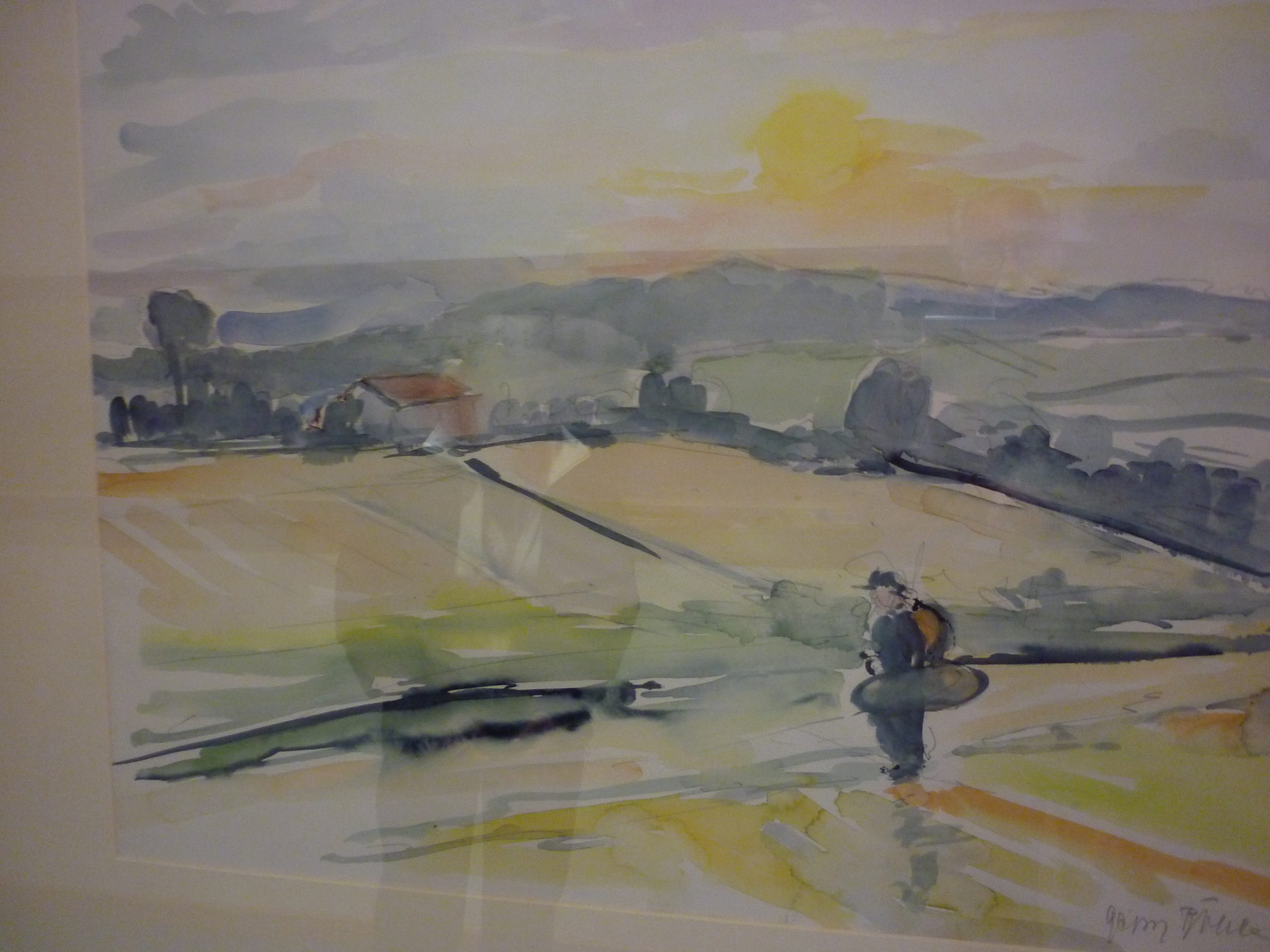


In the 18th century, these intrepid villagers took their high-value seeds as far as the USA, traveling by foot, ship, and train via Liverpool and New York all the way down the Mississippi River Valley to Memphis, Tennessee. That was one of the reasons why Wolfgang and I clicked instantly when we started seeing each other more often on my visits to Germany. For him, there was a deep curiosity and affinity for American wanderlust I was able to represent as a nephew who had found himself across the big pond at such a young age. For me, it was just so cool to think that I had followed in the footsteps of my ancestors without even knowing it.
After he retired, Wolfgang helped curate the exhibit at the Samenhandelsmuseum (seed trading museum) in Gönningen and became a great ambassador for a trade that no longer exists in this form. The very idea of small-town merchants traveling the continent to disseminate saved seeds has all but become a thing of the past due to airplanes, trucks, and economies of scale, but the memory and intrigue of it stays alive thanks to stewards and storytellers like Wolfgang.
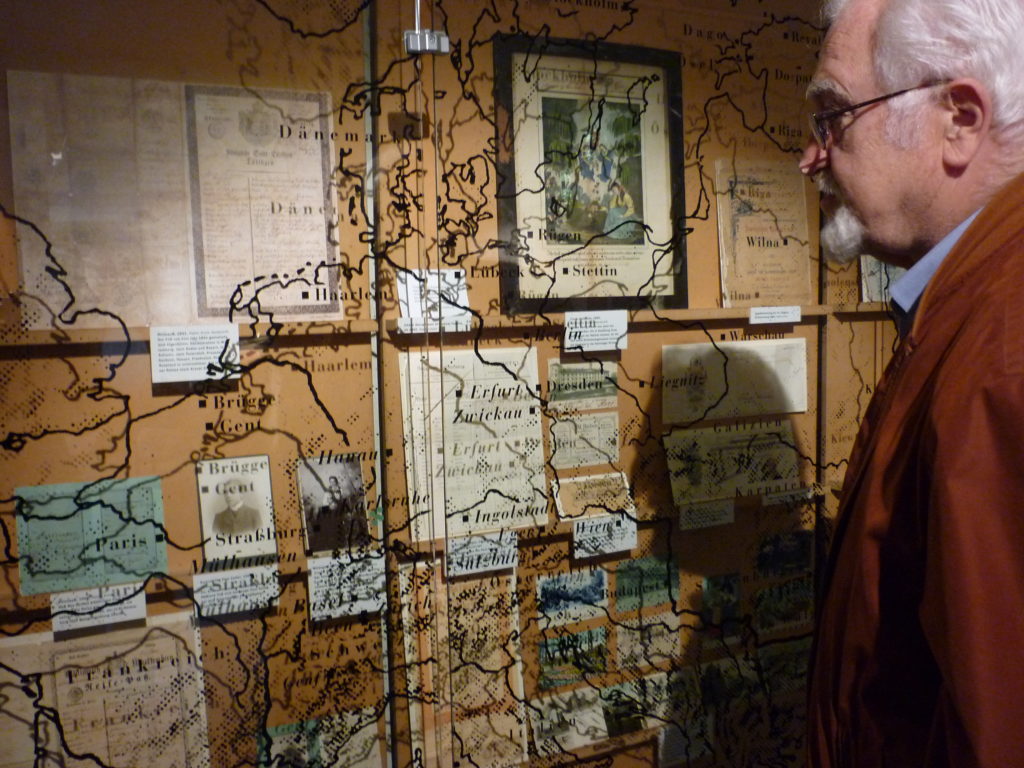


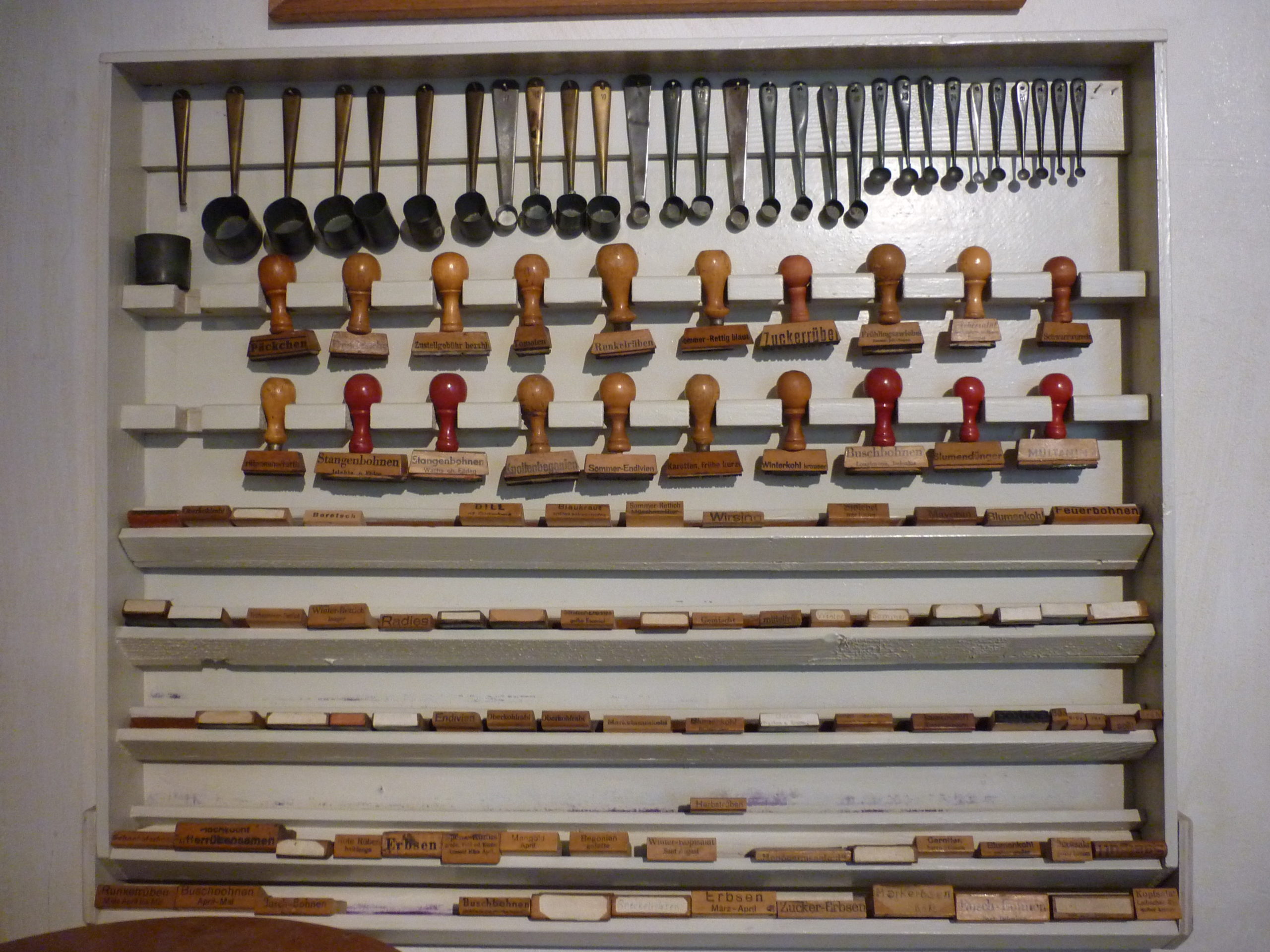





In fact, the Gönningen seed trading tradition has become quite famous in Germany. The bestselling historic novel (adapted into a movie) ‘Die Samenhändlerin’ by Petra Durst-Benning is set in 19th century Gönningen. In addition to a wonderfully schmaltzy love story, Durst-Benning depicts in great detail what the travails of our family forebears to Odesa and the Dutch bulb growing area must have looked and felt like.
After Wolfgang took me and my mom on a tour of the museum in 2012, we went to the Gönningen cemetery, where a tradition that had started in the 1850s was in full bloom. All the plots were brimming with the most vibrant and lush fields of tulips unlike anything I’d ever seen. Wolfgang explained that the Gönningers began honoring their deceased that way not only because they could afford to use expensive tulip bulbs, but because presenting these precious tulips in every imaginable color nuance in a park-like cemetery was a kind of marketing strategy for their products.
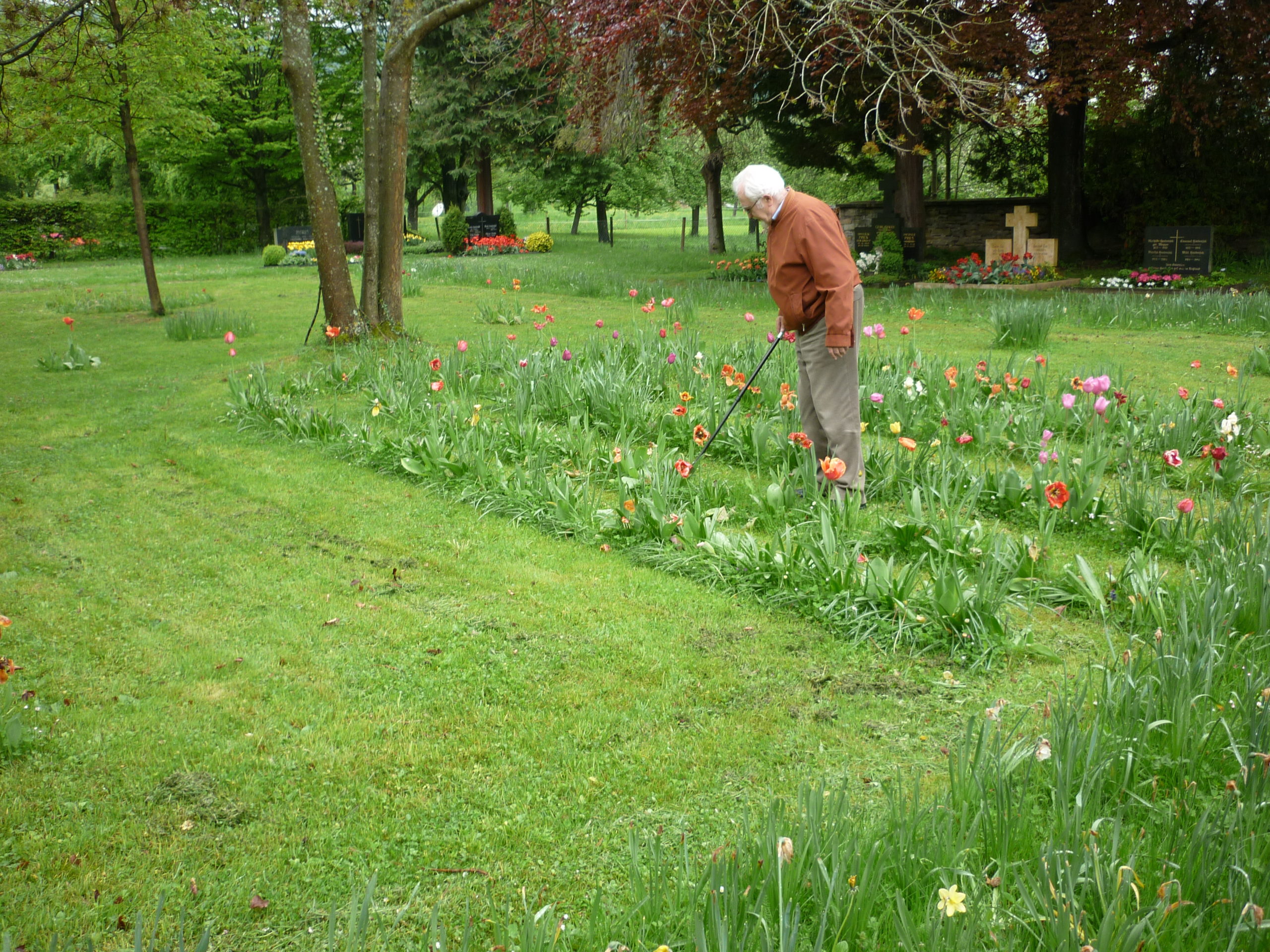



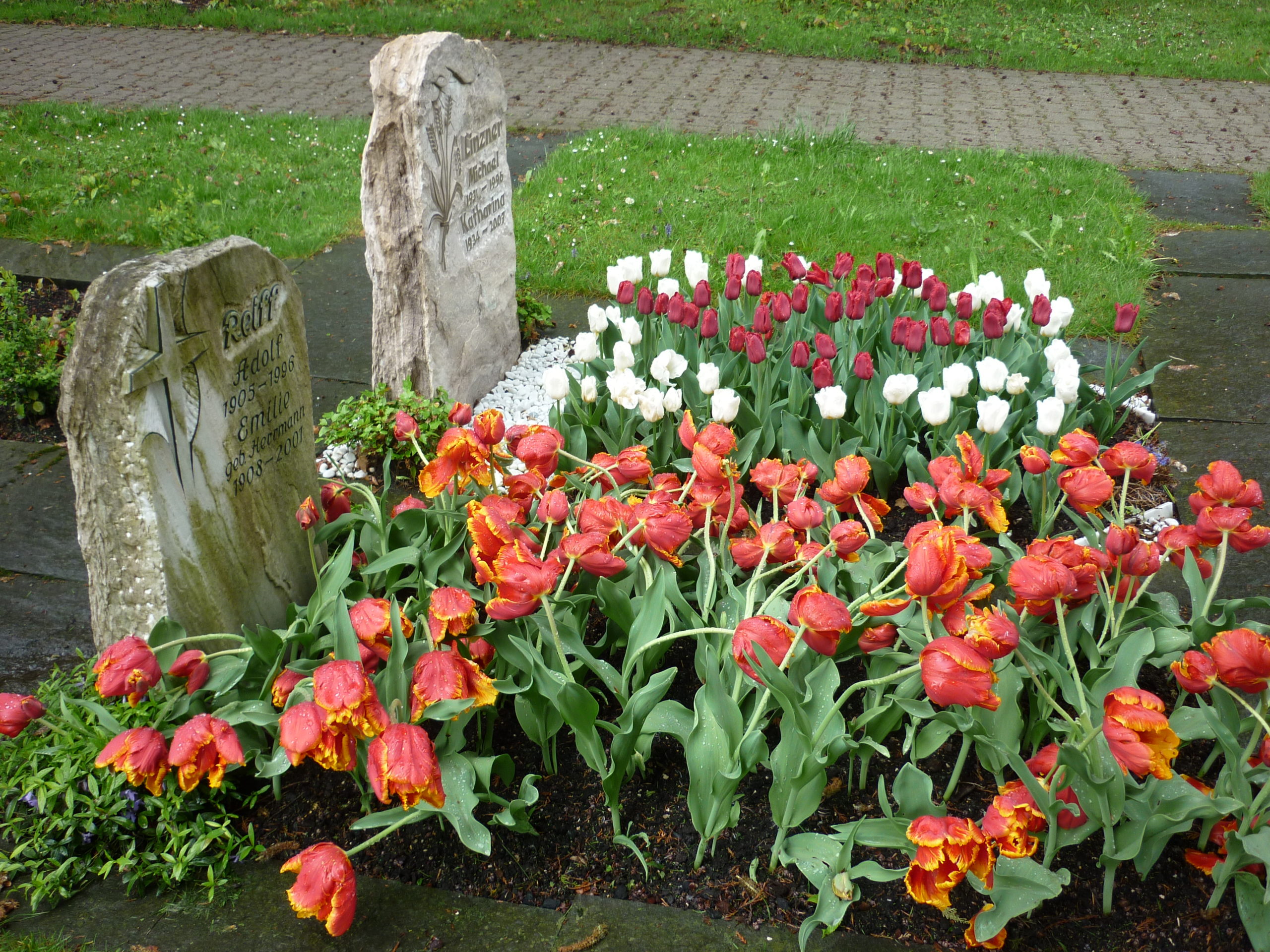

And their enterprising legacy of bringing natural beauty and vibrancy to the world has kept on manifesting, thanks to keepers of the bloom like Wolfgang. Since resuming their tulip blossom tradition in 2004, the Gönningers have been able to attract visitors from all over the region and Germany to admire up to 45,000 blooming tulips in public spaces, front yards, and the cemetery, starting in mid-April each year. They will now be greeted by one more brightly shining Gönningen bulb.
Rest in beauty, Wolfgang Ziegler!
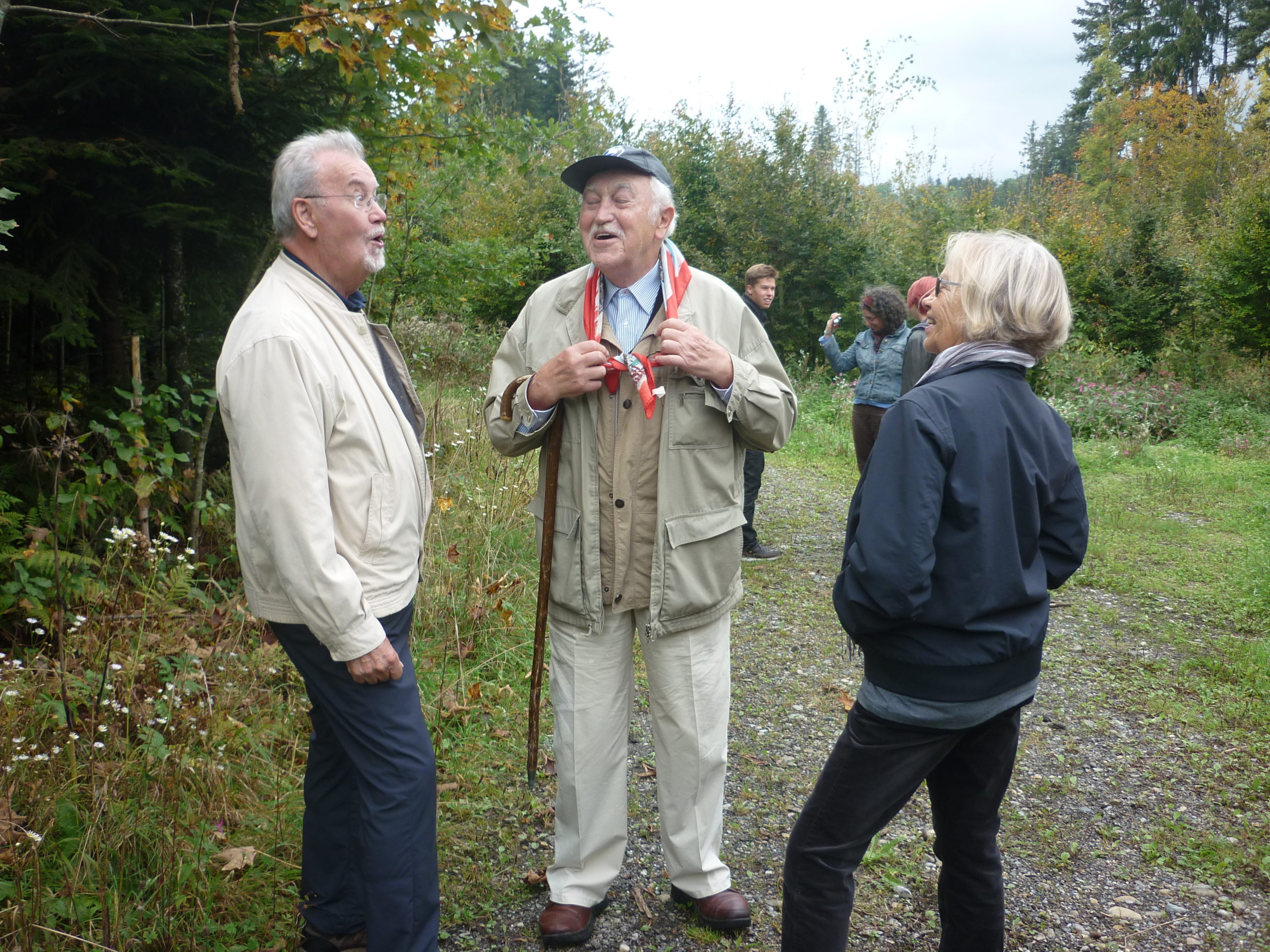

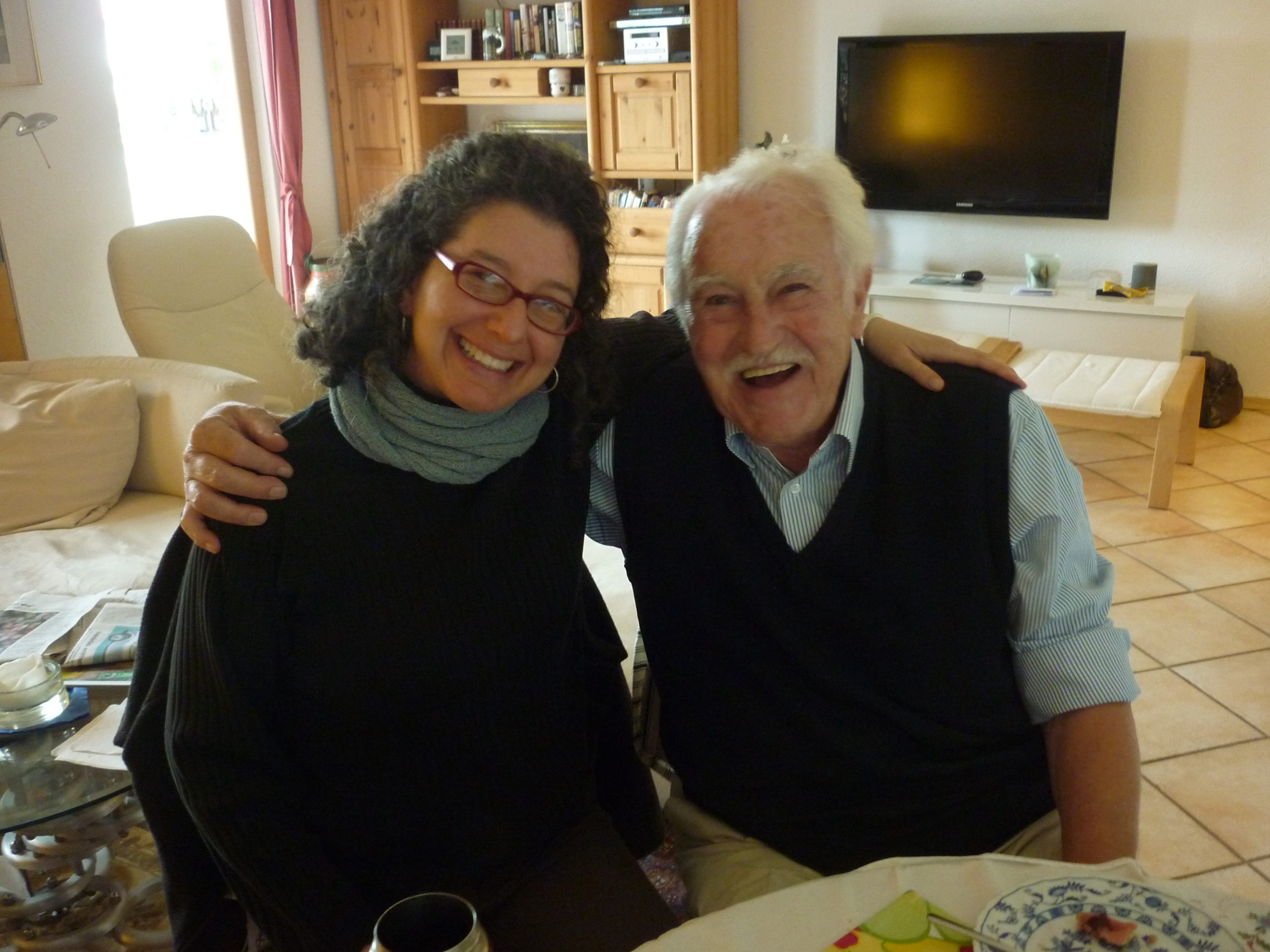





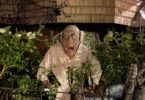



What a wonderful man, wonderful history and great tribute! Thanks for sharing!!
Thank you, JC! I feel blessed to have crossed paths with him late in life. Good lesson to remember that magic can happen no matter where and when on your journey.
Thank you JC! Sending you big love wherever you be roamin’!